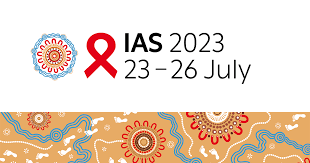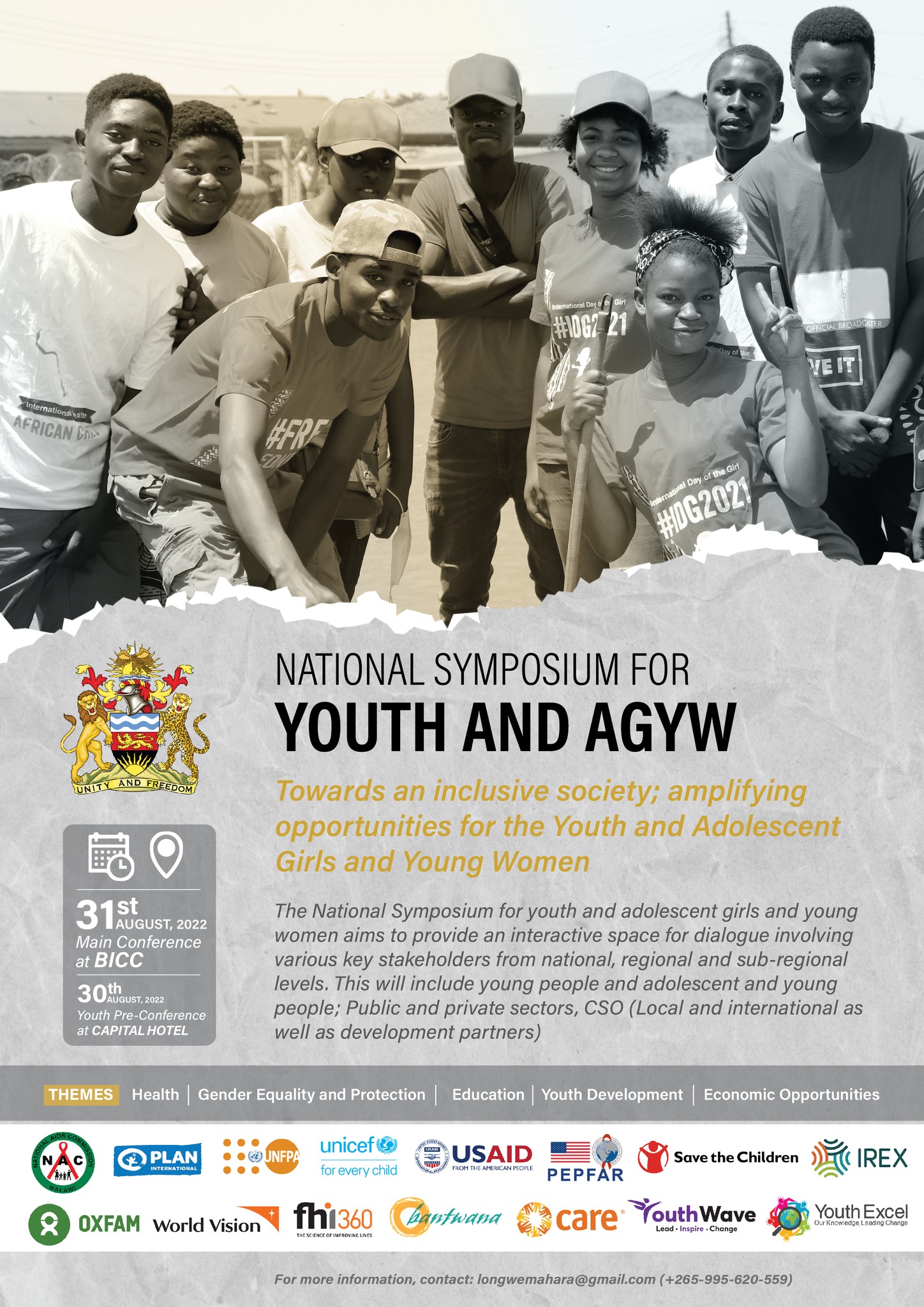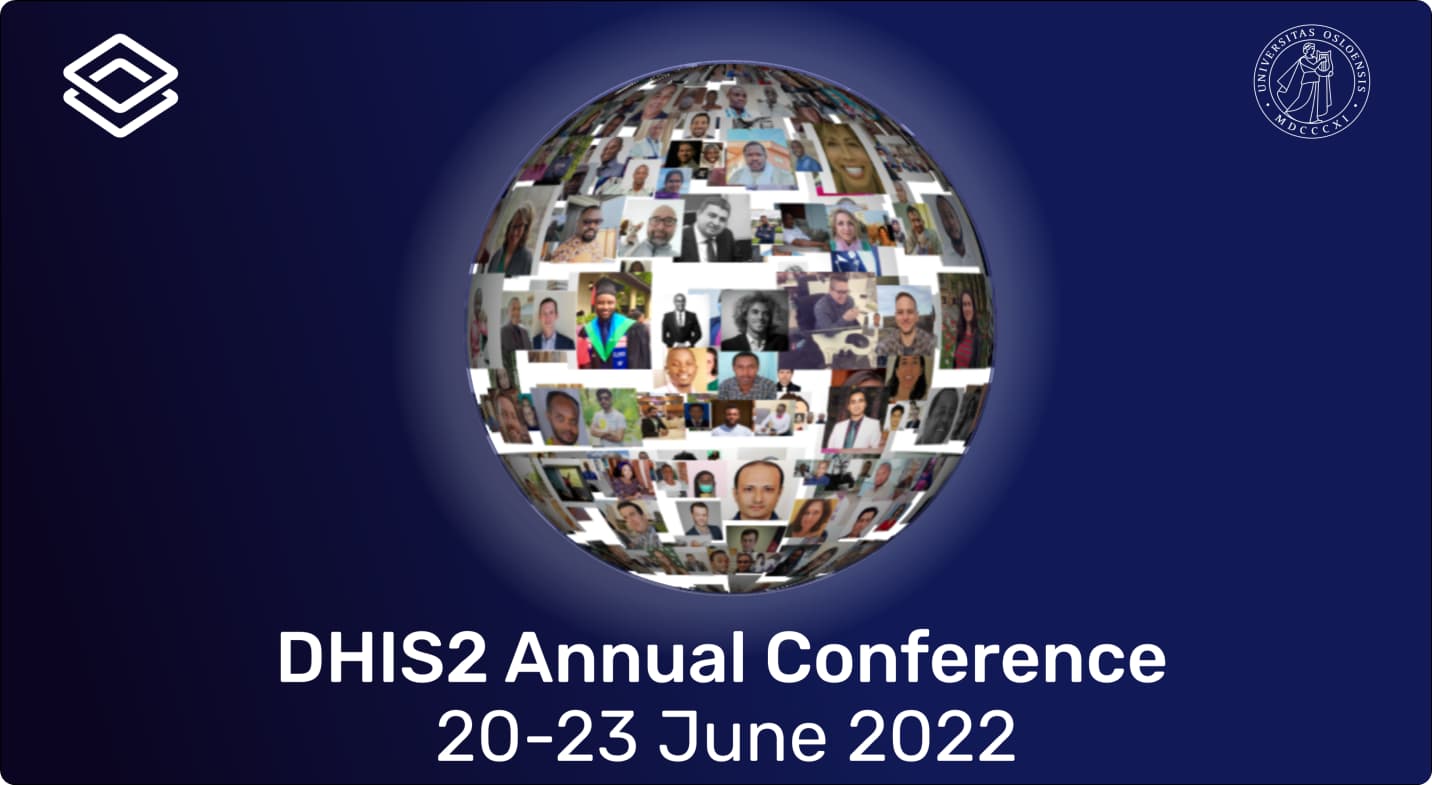Abstracts
As the Malawi EMPOWER project continues to implement its learning and knowledge sharing agenda, the project participates in various global dissemination conferences where abstracts are submitted and presented to share some of the project’s interesting findings.
Analyzing Obstacles and Prospects of PrEP Continuation among the Adolescent Girls and Young Women under the Malawi EMPOWER Activity
Authors: John Kumwenda1, Ruth Kundecha1, Lawrence Mpende1 Contacts: kumwendajohn@gmail.com, 0994300345 Track A: Combination prevention 1CHAM, Malawi
Barriers to Sexual and Reproductive Health/HIV services for Adolescent Girls and Young Women’s Male Sexual Partners in Malawi: Insights from Community Engagement Inquiry
Authors: Y. Nyondo,1 R. Luhanga,1 R. Kundecha,1 L. Muyumbu,2 P. Gwaza,1 K. Chawinga,1 Affiliations 1FHI 360, Zomba, Malawi 2FHI 360, East and

Barriers, facilitators to PrEP uptake and continuation among adolescent girls and young women
Abstract was presented at IAS 2023, the 12th International AIDS Society Conference on HIV Science in Brisbane, Australia from 23 to 26 June

Accelerating community-level COVID-19 vaccine uptake through engaging traditional, religious, and other community leaders: A review of Malawi EMPOWER program data
In 2021, the USAID-funded EMPOWER project began supporting vaccine uptake, demand generation efforts, and community health workers with District

Scaling up Pre-exposure Prophylaxis (PrEP) among Adolescent Girls and Young Women (AGYW) in DREAMS clubs and service delivery adaptations: Malawi EMPOWER Experience.
The Abstract was presented at the American Public Health Association (APHA) 2022 in Boston, USA between 6 – 9 November 2022 Authors: Maria

Sexually Transmitted Infections Incidence Among Adolescent Girls and Young Women (AGYW) age groups: Malawi EMPOWER Experience
The Abstract was presented at the American Public Health Association (APHA) 2022 in Boston, USA between 6 – 9 November 2022 Authors: Yona

Community based strategies to increase access for HIV self-testing among Adolescent Girls and Young Women (AGYW): Malawi EMPOWER Experience
The Abstract was presented at the American Public Health Association (APHA) 2022 in Boston, USA between 6 – 9 November 2022 Authors: Nennie

Use of Tracker to enhance Oral pre-exposure prophylaxis adherence among Adolescent Girls and Young Women in DREAMS Clubs – Zomba EMPOWER Pakachere experience
The Abstract was presented at the National Symposium for Youth and AGYW at BICC, Lilongwe on 31 August 2022. Authors: Tadala Simika1, Andrew

Barriers to Pre-Exposure Prophylaxis (PrEP) among adolescent girls and young women (AGYW) in Machinga: Malawi EMPOWER experience
The Abstract was presented at the National Symposium for Youth and AGYW at BICC, Lilongwe on 31 August 2022. Authors: John Kumwenda1, Ruth

Use of data from DHIS2 to improve project performance for Adolescent Girls and Young Women (AGYW) programming: Malawi EMPOWER Experience
The Abstract was presented at the DHIS2 Annual Conference 2022 at the University of Oslo, Norway between 20 – 23 June 2022. Authors: Nennie
Authors: John Kumwenda1, Ruth Kundecha1, Lawrence Mpende1 Contacts: kumwendajohn@gmail.com, 0994300345 Track A: Combination prevention 1CHAM, Malawi
Authors: Y. Nyondo,1 R. Luhanga,1 R. Kundecha,1 L. Muyumbu,2 P. Gwaza,1 K. Chawinga,1 Affiliations 1FHI 360, Zomba, Malawi 2FHI 360, East and
Abstract was presented at IAS 2023, the 12th International AIDS Society Conference on HIV Science in Brisbane, Australia from 23 to 26 June
In 2021, the USAID-funded EMPOWER project began supporting vaccine uptake, demand generation efforts, and community health workers with District
The Abstract was presented at the American Public Health Association (APHA) 2022 in Boston, USA between 6 – 9 November 2022 Authors: Maria
The Abstract was presented at the American Public Health Association (APHA) 2022 in Boston, USA between 6 – 9 November 2022 Authors: Yona

